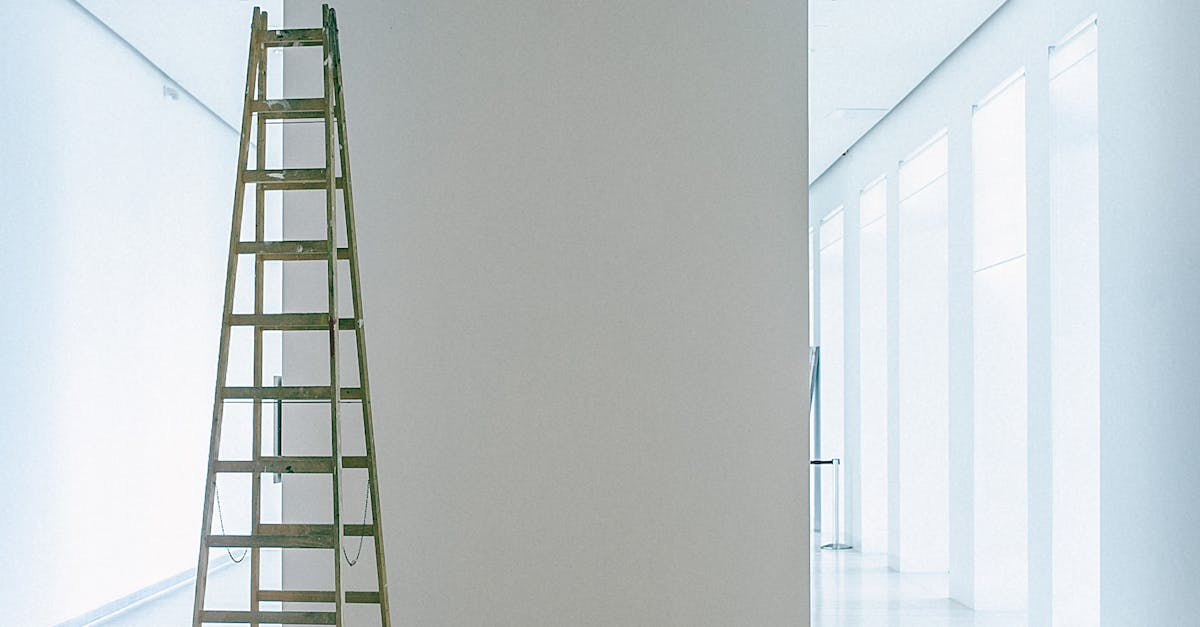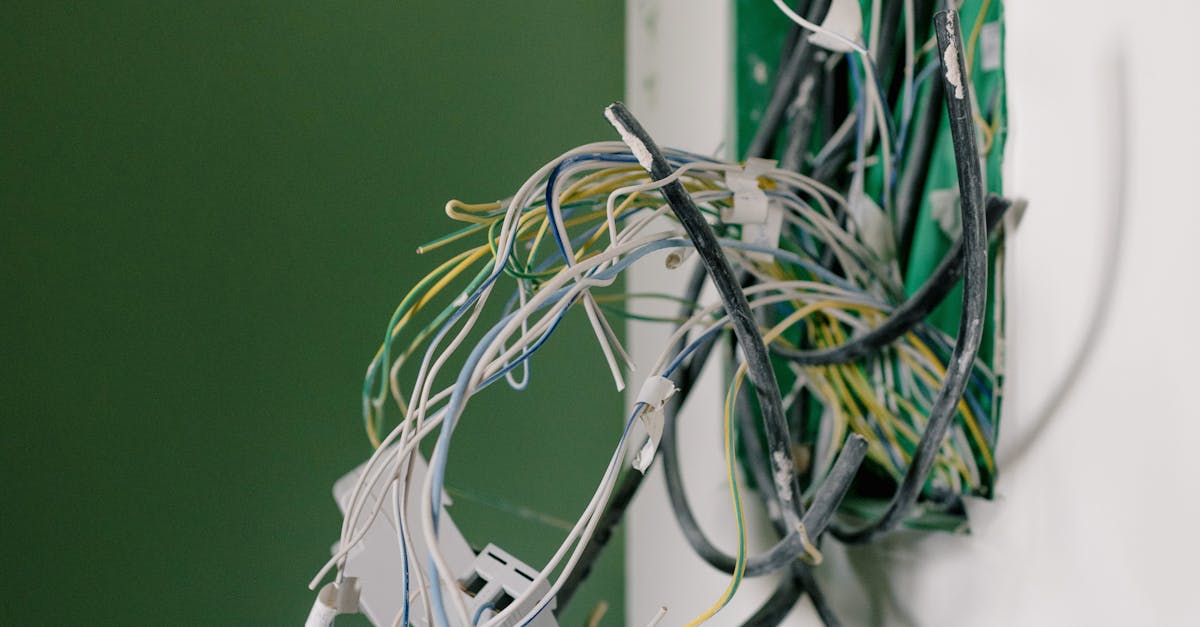
Table Of Contents
Common Mistakes to Avoid When Installing a Water Pressure Regulator
When installing a water pressure regulator, it is crucial to avoid a few common mistakes to ensure efficient operation. One common error is failing to shut off the main water supply before beginning the installation process. This oversight can lead to potential water wastage and even damage to the regulator during installation. Prior to starting any work, always remember to turn off the main water supply to prevent any mishaps during the installation process.
Another mistake to avoid in water pressure regulator installation is improper placement. The regulator should be installed in a location that is easily accessible for maintenance and adjustment. Placing it in a hard-to-reach spot can make it challenging to inspect and calibrate the regulator in the future. Additionally, ensure that the regulator is installed in the correct orientation as indicated by the manufacturer to prevent any issues with its operation. Water pressure regulator installation and repair Clyde North, Victoria.
Ensuring Proper Calibration of the Regulator After Installation
Proper calibration of the water pressure regulator is crucial to ensure that it functions efficiently after installation. Once the regulator is securely in place, the next step is to adjust it to the desired pressure levels. This can usually be done by turning the adjustment screw on the regulator. It is essential to follow the manufacturer's instructions carefully to avoid any potential issues. Water pressure regulator installation and repair Victoria can provide guidance on how to calibrate the regulator accurately for optimal performance.
After calibrating the water pressure regulator, it is recommended to test the water pressure throughout your plumbing system. This can be done by using a pressure gauge to measure the pressure at various points, such as faucets or showerheads. If the pressure is not within the desired range, adjustments may need to be made to the regulator. Regular monitoring of the water pressure post-installation will help ensure that the regulator is functioning correctly and maintaining consistent pressure levels. Water pressure regulator installation and repair Victoria can assist in fine-tuning the calibration if needed.
Hiring a Professional vs. DIY Installation
When deciding whether to install a water pressure regulator yourself or hire a professional, there are factors to consider to ensure the task is completed effectively. Installing a water pressure regulator can be a complex process that requires a good understanding of plumbing systems. While some individuals may have the necessary skills and knowledge to undertake this task, others may find it challenging and prefer to seek assistance. It is important to weigh the pros and cons of DIY installation versus hiring a professional to ensure the water pressure regulator functions correctly.
Water pressure regulator installation and repair Victoria can be a delicate procedure that requires precision and expertise. Hiring a professional plumber for the installation can provide peace of mind, knowing that the regulator will be correctly installed and calibrated. Delegating the task to a licensed plumber can also save time and potential issues that may arise from improper installation. However, for those with plumbing experience and confidence in their skills, DIY installation can be a cost-effective option.
When to Seek Assistance from a Licensed Plumber
If you encounter any complexities or obstacles during your water pressure regulator installation, it might be wise to turn to the expertise of a licensed plumber. Issues such as inaccessible plumbing lines, unfamiliarity with water pressure regulator models, or concerns about proper calibration could all warrant seeking professional assistance. In Victoria, enlisting the services of a licensed plumber ensures that the installation is done correctly and in compliance with local regulations.
Water pressure regulator installation and repair Victoria should be entrusted to professionals when dealing with intricate plumbing systems or situations that are beyond your expertise. Licensed plumbers possess the knowledge and experience to address any challenges that may arise during the installation process, providing peace of mind and ensuring the optimal functioning of your water pressure regulator. Remember, it is better to seek assistance when in doubt rather than risk potential damage or inefficiencies in your plumbing system.
Testing Your Water Pressure After Regulator Installation
After installing a water pressure regulator in your plumbing system, it is crucial to test the water pressure to ensure that the regulator is functioning correctly. Testing the water pressure will help you determine if the regulator is effectively controlling the water flow and maintaining the desired pressure levels in your pipes. To test the water pressure, you can use a pressure gauge that can be attached to a spigot or an outdoor tap. Make sure to turn off all other water sources in your property before conducting the test to get accurate results.
Water pressure regulator installation and repair Clyde North, Victoria is a task that requires precision and care to avoid any potential issues in the future. By testing the water pressure after installing the regulator, you can identify any inconsistencies or faults in the system early on and take necessary steps to rectify them. Monitoring the water pressure regularly can help maintain the efficiency of the regulator and prevent any damage to your plumbing fixtures due to excessive pressure.
How to Check if the Regulator is Functioning Correctly
To ensure that your water pressure regulator is functioning correctly after installation, it is crucial to conduct some basic checks. Start by checking the water pressure level before and after the regulator. You can do this by using a water pressure gauge. Attach the gauge to a water source in your home, turn on the water, and note the pressure readings. Next, attach the gauge after the regulator and compare the readings. Proper functioning of the regulator should show a consistent pressure level within the desired range.
Another way to check if the water pressure regulator is functioning correctly is to listen for any unusual noises coming from the pipes. If you hear banging, hissing, or other irregular sounds, it could indicate a problem with the regulator. Additionally, closely monitor the water pressure in your household appliances and fixtures. Inconsistent water flow or pressure fluctuations could signal a malfunctioning regulator. If you encounter any issues during these checks, it is advisable to seek professional assistance for water pressure regulator installation and repair in Clyde North, Victoria.
FAQS
Can I install a water pressure regulator on my own?
Yes, it is possible to install a water pressure regulator on your own if you have some plumbing experience and the right tools. However, it is important to follow the manufacturer's instructions carefully to ensure proper installation.
What are the common mistakes to avoid when installing a water pressure regulator?
Common mistakes to avoid when installing a water pressure regulator include over-tightening fittings, installing the regulator in the wrong direction, and failing to properly secure the regulator in place. Make sure to read the installation guide thoroughly before beginning the installation process.
Should I hire a professional or opt for a DIY installation of a water pressure regulator?
The decision to hire a professional plumber or do it yourself depends on your comfort level with plumbing tasks. If you are unsure about your plumbing skills or the complexity of the installation, it may be best to seek assistance from a licensed plumber to ensure the regulator is installed correctly.
How can I test my water pressure after installing a regulator?
To test your water pressure after installing a regulator, you can use a water pressure gauge to measure the pressure at different faucets in your home. Compare the readings to the recommended pressure range specified by the regulator manufacturer to ensure it is functioning properly.
When should I seek assistance from a licensed plumber for installing a water pressure regulator?
If you encounter any difficulties during the installation process, such as leaks, unusual noises, or inconsistent water pressure, it is advisable to seek assistance from a licensed plumber. They can help troubleshoot any issues and ensure the regulator is installed correctly.


